Basement Waterproofing Systems
Traditional tanking systems
Basement tanking is the traditional way to waterproof a basement. In this system, a waterproof render such as a waterproof cement or slurry is added to the internal walls of the basement to form a ‘tank’. The aim of this is to stop water entering the room while creating smooth and seamless walls which look smart, can be decorated and still control moisture levels once this is done.
Tanking is popular for many types of property but doesn’t work for all of them. For example, if you are in an area where there are vibrations or ground movement, this system might not be the ideal one.
Exterior basement waterproofing systems
Tanking is a system that works inside the basement to waterproof it, but exterior basement waterproofing systems work on the outside of the space. This is another traditional system which is often installed during construction to protect the basement from the start.
Recent developments mean that the most common form of waterproofing the exterior is either with an external membrane or cementitious render. This is placed on external foundations alongside a French drain that runs along the outside of the property, underground level. This helps to handle excessive groundwater that builds up against the basement walls.
This system is ideal for new constructions, but it is more difficult to retrofit to existing buildings. That’s because a lot of excavation work is needed to get access to apply the system. And retrofitted French drain systems are also prone to clogging from the surrounding soil.
Internal basement waterproofing systems
The third option for basement waterproofing systems is one conducted inside the basement but is a newer option to tanking. Developed in the US, these water management systems are now available in the UK.
With these systems, rather than allowing ground water pressure to build up against either an external membrane or a cementitious barrier, water is allowed into the property. It is then channelled back out with the use of internal membranes and a clever drainage system in the basement. A sump pump is at the heart of this system, safely and efficiently moving water.
This method is ideal to ensure that a basement remains dry without the need for external excavations so can be added to an existing basement. It also is ideal for areas with vibrations or ground movement where tanking is at risk of cracking. It can even be the most cost-effective of the three options.
Basement waterproofing
Waterproofing a basement, regardless of its use, is an important step. Left alone, it can be a way for damp problems such as black mould to enter the property and also means space is not useable.


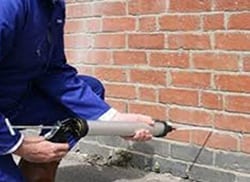 Damp Proofing
Damp Proofing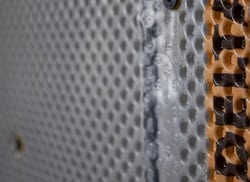 Basement Damp Proofing
Basement Damp Proofing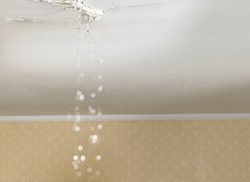 Water Damage
Water Damage Condensation Control
Condensation Control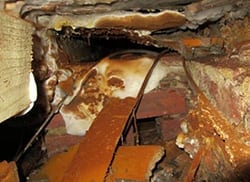 Dry Rot Treatment
Dry Rot Treatment WOODWORM & WET ROT
WOODWORM & WET ROT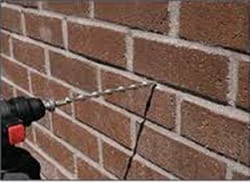 CAVITY Wall Ties
CAVITY Wall Ties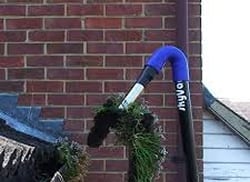 Property Maintenance
Property Maintenance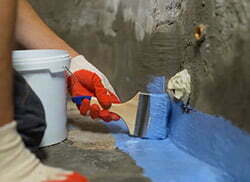 Waterproofing And Tanking
Waterproofing And Tanking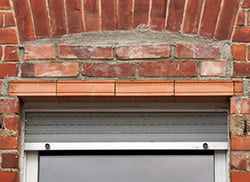 Structural Repairs
Structural Repairs







